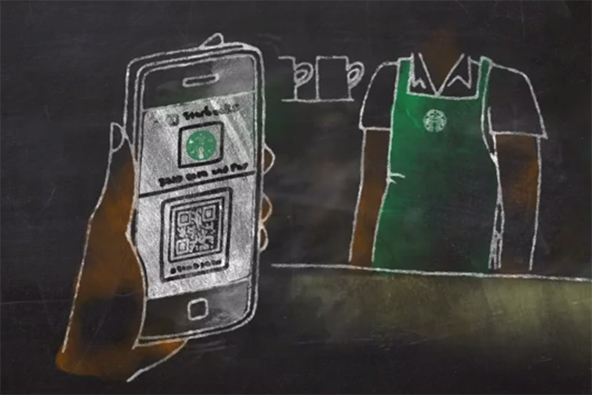U.S. Credit Card Defaults, Delinquencies at New Record-Lows

Americans continued to pay down their credit card debt on time in May, according to the latest data released by Fitch Ratings, a credit ratings agency. The headline credit card delinquency rate has fallen for another month to set yet another record-low and the rate at which American cardholders default on their credit card payments has also declined, we learn.
The monthly payment rate (MPR) on credit cards fell slightly in May, but at the end of the month it was still very close to the all-time record-high and way above the historical averages. So the Fitch report clearly indicates that the credit card debt deleveraging trend that began in the immediate aftermath of the financial crisis of 2008 is still — four and a half years later — very much ongoing and that American consumers continue to maintain remarkable credit card debt repayment discipline. Let’s take a closer look at the latest numbers.
Credit Card Charge-offs down to 3.92%
Credit card charge-offs fell in May, ending the month at 3.92 percent, Fitch tells us. The new level is lower by 66.6 percent than the peak of 11.74 percent reached in 2009. Fitch expects that the charge-off rate will stop falling in the near term and will actually start rising at some point later this year, but we may still see a few more records before that happens.
Charge-offs are receivables written off of the lender’s books as losses, typically at 180 days after the last payment on the account has been received or 60 days after a notification of a bankruptcy has been received. The charge-off rate is measured as the ratio of all individual credit card accounts with unpaid balances that a card issuer no longer expect to be repaid by its cardholders, in relation to the total number of open accounts in that lender’s portfolio. Charge-offs occur either through contractual delinquencies or through a bankruptcy of the cardholder.
Credit Card Delinquencies Fall to 1.48%
The credit card delinquency rate fell by several more basis points to 1.48 percent in May, setting a new all-time record in the process. That represents a drop of 4.5 percent from the previous month’s level, Fitch tells us, and the new level is lower by 67.8 percent than the peak rate of 4.6 percent, reached at the end of 2009, we learn.
Fitch’s delinquency rate is calculated as a ratio of the credit card accounts on which payments are overdue by 60 days or more, in relation to the total number of active accounts, expressed as a non-annualized percentage. Credit card delinquencies serve as an important early indicator of charge-offs.
Monthly Payment Rate down to 23.52%
My favorite early guide to the future trend of both the credit card delinquency and charge-off rates is the monthly payment rate (MPR). The MPR is calculated as the ratio of the total amount of credit card debt — principal, as well as finance charges and fees — which American cardholders are repaying at the end of each month, stated as a percentage in relation to the total outstanding balance at the beginning of the month.
For the month of May, Fitch reported an MPR of 23.52 percent, down by 4 percent from the previous month’s level, but still very strong by historical standards. To get an idea of just how much higher credit card debt repayment now is on American consumers’ list of financial priorities, we need to put this latest number in perspective and consider the fact that historically the MPR has hovered around the mid-teens. However, since the financial crisis Americans have been steadily increasing the rate of debt repayment and we don’t yet know whether or not we’ve reached the peak. There are indications that there may still be room left for further improvement, but I can’t tell whether or not that will materialize.
The Takeaway
So Fitch’s latest data clearly tell us that the post-Lehman credit card debt deleveraging process is still well under way, which is what all other data I’ve seen indicate. The delinquencies and charge-offs are both expected to reach their lowest levels sometime later this year and then start to gradually increase once again, but there is every reason to expect that they will remain very low in the foreseeable future. Moreover, for as long as the MPR remains at current levels, and there is no reason to expect otherwise, charge-offs and delinquencies will not be a big issue. Oh, and Fitch’s data remind us once again of how much better the quality of the U.S. card issuers’ portfolios have become since 2009 and early 2010 when delinquencies and charge-offs peaked.
Image credit: Tonyperottiusa.com.


